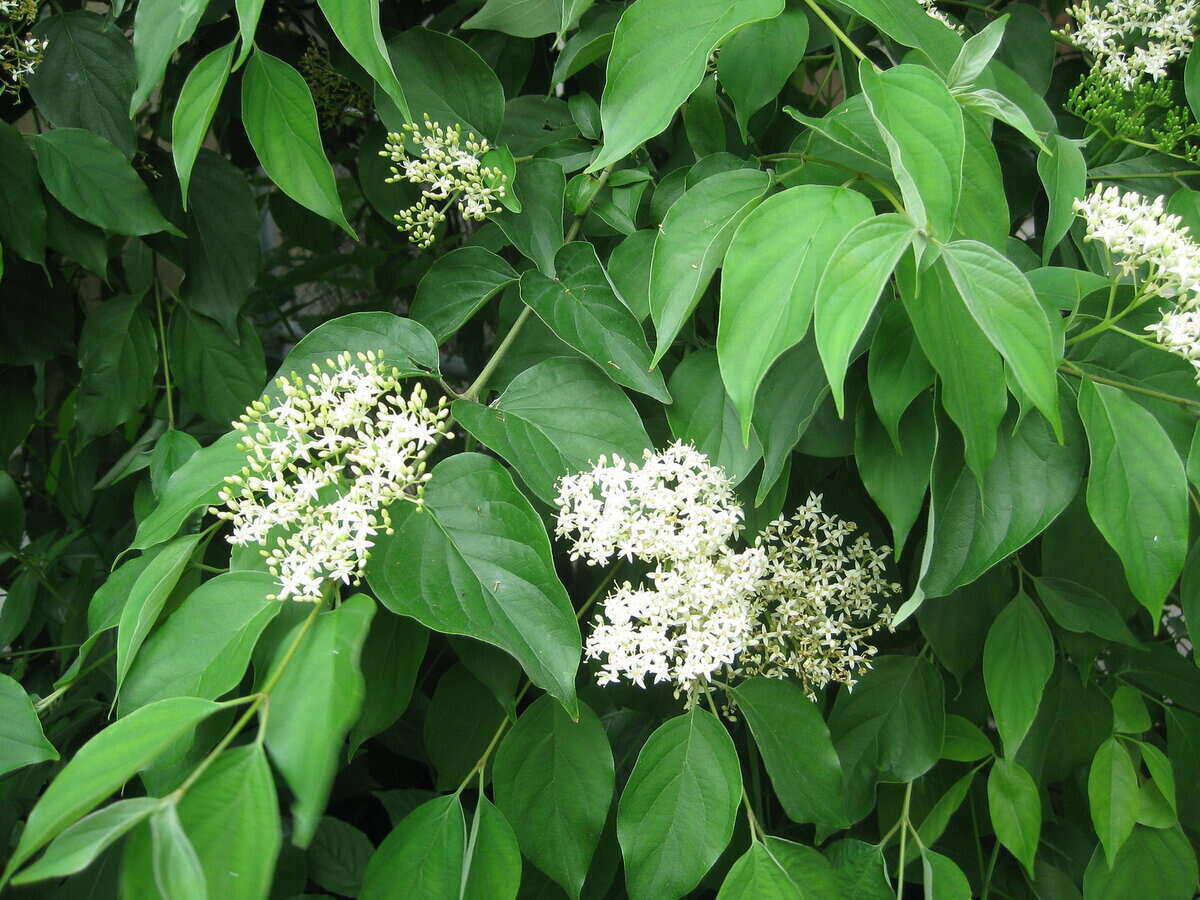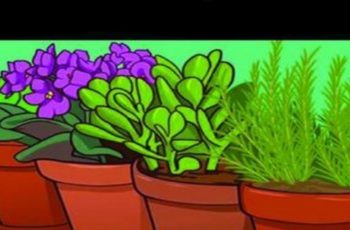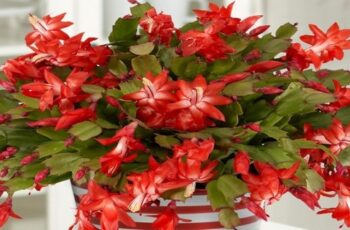Ad Blocker Detected
Our website is made possible by displaying online advertisements to our visitors. Please consider supporting us by disabling your ad blocker.

For a low-maintenance landscape that’s lush and filled with a variety of foliage and blooms, consider using plants native to the Kansas City region. Native plants are used to local weather conditions and pests. They can thrive through KC’s hot summers and freezing winters with hardly any watering, fertilizing, or weeding from you.
You can make your landscape even more low-maintenance by choosing a grass type suited for Kansas City’s climate. Then, both your lawn and garden will practically take care of themselves.
When your landscape doesn’t need you to take care of it, you can spend that newfound free time chowing down on the best barbecue in the world or watching the Chiefs game with your buddies.
How to choose native plants for your Kansas City yard:
Only use plants suitable for Kansas City’s U.S. Department of Agriculture hardiness zone 6. The hardiness zone designates the coldest winter temperatures in an area. In zone 6, the coldest it gets is about -10 degrees Fahrenheit.
We’ll go over 13 low-maintenance native plants that meet these parameters.
1. Butterfly milkweed (asclepias tuberosa)

Butterfly milkweed is a native wildflower you’ve probably seen growing in abundance in empty fields or by the roadside. Because these flowers do so well here on their own, they’re super easy to take care of! And best of all, they’ll attract butterflies and hummingbirds to your garden.
With their appeal to beneficial wildlife, butterfly milkweed flowers make a perfect foundation for pollinator gardens. Showy clusters of bright orange flowers with a backdrop of dark green foliage also make butterfly milkweed a great addition to colorful wildflower beds.
- Plant type: Flower
- Hardiness zones: 3a-9b
- Sun: Full sun
- Water needs: Low
- Soil: Sandy
- Duration: Perennial
- Mature height: 1-2 feet
2. Cardinal flower (lobelia cardinalis)

Does your yard typically have wet soil? Cardinal flowers could be a great choice for your garden. This plant does especially well in naturally moist areas, such as rivers or ponds. In ideal conditions, cardinal flowers will reseed themselves over and over again, so you can expect to enjoy their blooms for several years to come, even after the original plant dies.
Like their namesake bird, cardinal flowers are a beautiful bright red. The small, delicate petals bloom in upright clusters at the ends of long stems covered in spear-shaped leaves. You can use these plants as a striking background for flower beds or pollinator gardens.
- Plant type: Flower
- Hardiness zones: 3a-9b
- Sun: Full sun, partial shade, full shade
- Water needs: Medium to high
- Soil: Sandy, loamy, clay, limestone-based
- Duration: Perennial
- Mature height: 1-6 feet
3. Fringe tree (chionanthus virginicus)

Fringe tree, also known as the old man’s beard or sweetheart tree, is a small to mid-sized deciduous native. A fringe tree would work well as a sole specimen planting or as the focal point of a plant bed.
The main appeal of fringe trees is their feathery clusters of white flowers that really pop against the bright green foliage. In full bloom, the flowers look sort of like a light dusting of snow. A Fringe tree’s blooming season can last a long time, from late spring into mid-fall. In addition to their interesting look, these flowers produce a light, pleasant fragrance and attract birds.
- Plant type: Tree
- Hardiness zones: 3a-9b
- Sun: Full sun, partial shade
- Water needs: Medium
- Soil: Loamy, clay
- Duration: Perennial
- Mature height: 12-30 feet
4. Gray dogwood (cornus racemosa)

Gray dogwood shrubs grow well in thickets, so this native is a good choice for privacy hedges or windbreaks. The gray dogwood, with its red stems, stark white berries, and white flowers, is showier and more interesting to look at than your typical hedge plant.
Another great benefit of this native shrub? It resists the most damaging pests and plant diseases. That’s especially impressive because many other dogwood species are highly susceptible to these issues. Once you plant and establish a gray dogwood, you can pretty much leave it alone to do its own thing, and it’ll grow healthy.
- Plant type: Shrub
- Hardiness zones: 4a-8b
- Sun: Full sun, partial shade, full shade
- Water needs: Medium
- Soil: Sandy, loamy, clay, silt
- Duration: Perennial
- Mature height: Up to 16 feet
5. Missouri evening primrose (oenothera macrocarpa)

Also known as big fruit evening primrose or flutter mill, this native bright yellow flower typically grows in bunches. These bunches can look great in plant beds or lining the driveway.
The flowers get their name from the fact that they open in the evenings and close back up during the day. Even when the flowers are closed, the plant’s dense, grass-like foliage adds a little something to your landscape.
Missouri evening primrose is a deer-resistant plant, so it’s safe from damage if you frequently have problems with deer. It also attracts beneficial wildlife, including hummingbirds and native bees.
- Plant type: Flower
- Hardiness zones: 5a-8b
- Sun: Full sun
- Water needs: Low
- Soil: Rocky, sandy, loamy, limestone-based
- Duration: Perennial
- Mature height: 8-10 inches

